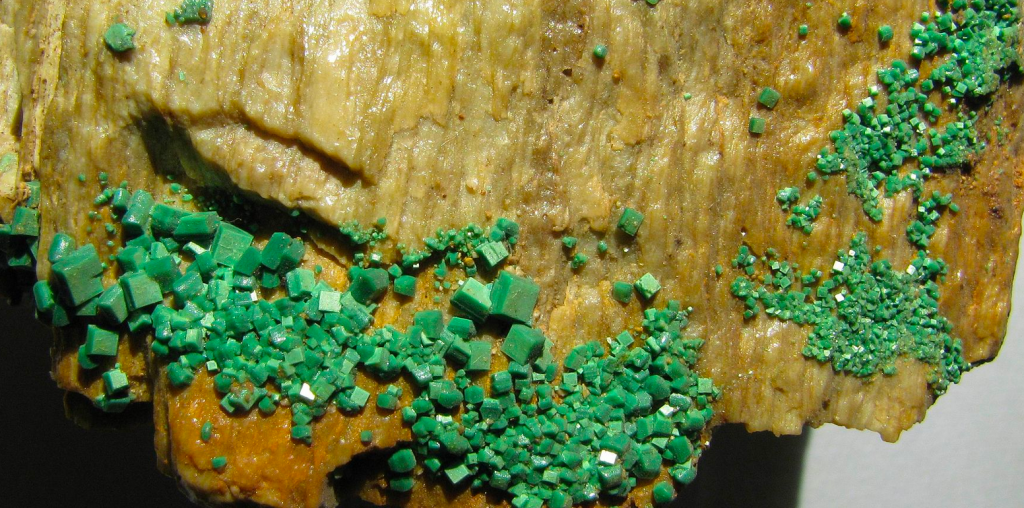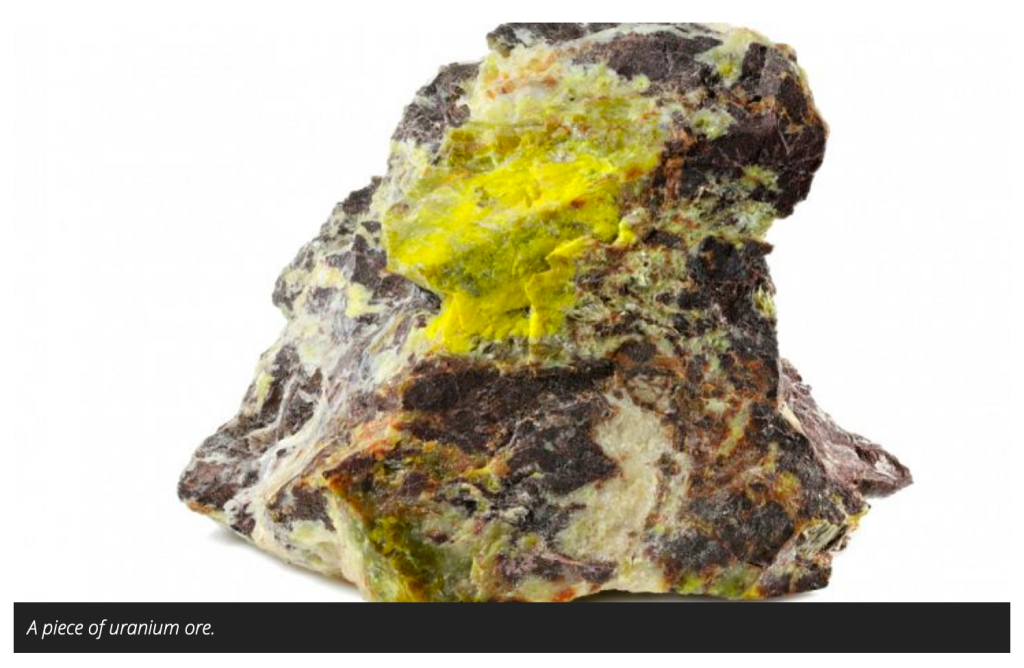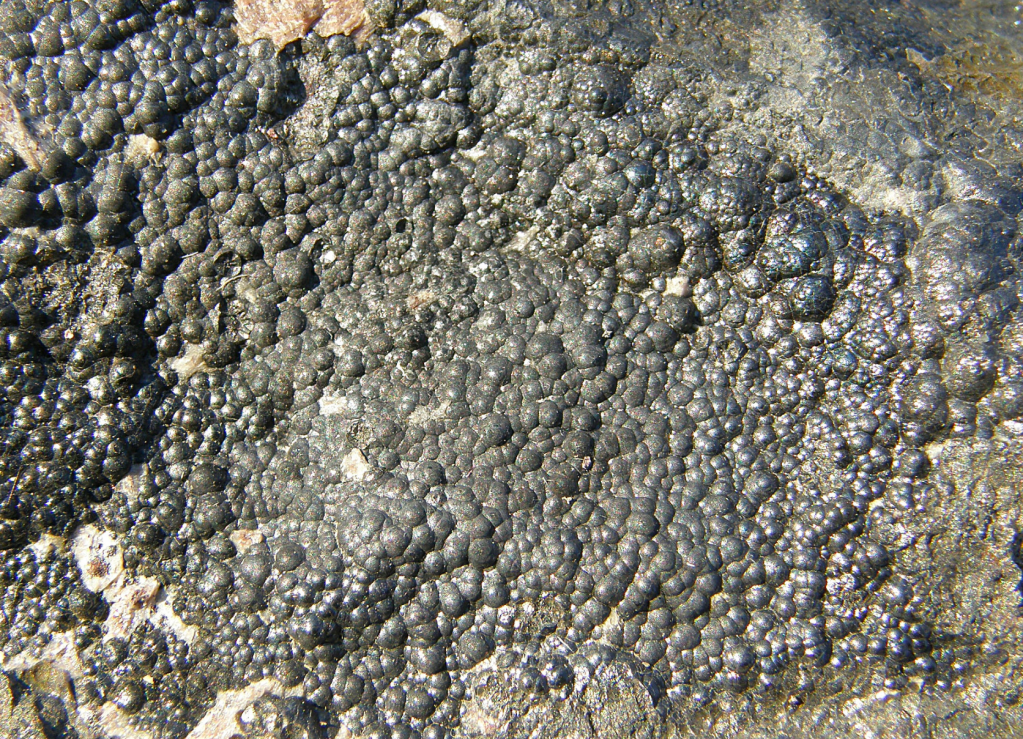Since August 2018 it is no longer allowed to open a mine with the aim to extract uranium from Swedish bedrock. This law came into effect after years of discussions and changes have been made accordingly in the Minerals Acts and the Swedish Environmental Code.
Uranium is now removed from the list of concession minerals in the Minerals Acts (1 kap. 1 § 1 minerallagen). This means that it is no longer possible to apply for exploration licenses or exploitation concessions when it comes to uranium.
And, according to the Swedish Environmental Code (9 kap. 6 i § and 17 kap. 1 §) it is no longer possible to obtain permission to extract, process and enrich uranium from mines if the aim is to use the fissile properties of uranium. The prohibition applies both to mining operations with the extraction of uranium as a by-product as well as recycling of mining waste.
When I looked at the legal documents for this specific issue, I noticed that things are not as clear-cut as one might assume when reading the above text. As outlined here, the prohibition is not valid for mines that extract and process iron ores, basic metals, rare earth elements or other minerals for other purposes than the use of uranium as fissile material.
Does this mean that uranium can still be mined as long as it is not used for fissile purposes? Or, does it mean that uranium as a specific element can no longer be extracted and processed, but that rocks containing uranium (and many rocks do contain uranium) can still be mined and processed to for example extract iron ores, basic metals and minerals? Probably one can answer ‘yes’ to both of these questions.

Downloaded from: https://en.wikipedia.org/wiki/Uranium_ore#/media/File:Torbernite_-_Cuneo,_Italia_01.jpg
What would it mean if we apply the prohibition of uranium and its exceptions to my favorite topic, the Alum shale, which is known for its high uranium content?
It would mean that all kinds of minerals and metals can be extracted from the uranium-rich Alum shale, except for uranium if it will be used for its fissile properties. But the problem is that uranium is present in the Alum shale. And that it is present in the rock fragments and the mining waste, which will be deposited in the tailings.
Uranium is very susceptible to weathering at low and high pH, which means that it is easily transported into the groundwater and streams. Mining waste from an Alum shale mine is thus not so much different from processed and mined shale in an uranium mine. And the potential environmental effects of uranium mining are well known. Some of it you can find here and here. Mining Alum shale will just entail similar environmental problems.
The obvious problems connected with mining of Alum shale have of course been recognized and have been known for many years. Point #33 in the so-called January Agreement between four of Sweden’s political parties therefore also addresses mining and exploitation of Alum shale.
How this issue is being addressed and what its outcome will be, is however still very uncertain. My guess is that if point #33 in the so-called January Agreement is being addressed it will probably end up in a regulation similar to the one for uranium: a regulation with two sides. A regulation to which all parties can agree on, a regulation that does not fence off the industry and that keeps the environmentalists happy at the same time. A very Swedish way of solving a problem.
Let’s just face the facts: the Alum shale contains many of the critical minerals and metals that are interesting and in demand right now. Mining the Alum shale could generate a lot of money.
For an economy that builds on ‘sustainable’ economic growth and for a government and an industry, which continuously talk about sustainable mining and ‘we also have to contribute our share‘ (and other moralizing statements), there is far too much money to be made and prestige to be lost. Thus I have a hard time believing that the outcome of the discussions around point #33 in the so-called January Agreement will be a complete prohibition of mining Alum shale.
The picture of sustainable mining that the mining industry tries to paint is nothing else but jumping on the sustainability bandwagon. Using the transition to a green technology as an argument for new raw materials and for extracting more minerals and metals from new mines is nothing else than rebranding mining by adding the word sustainable.
Maybe we should start scrutinizing how the words ‘sustainable’ and ‘sustainability’ are used and in which circumstances. It seems to me that these words are being grossly diluted and used everywhere just to give the impression of “we are caring about the environment and our children’s future”. I have a hard time believing this without seeing clear and sustainable proofs.



